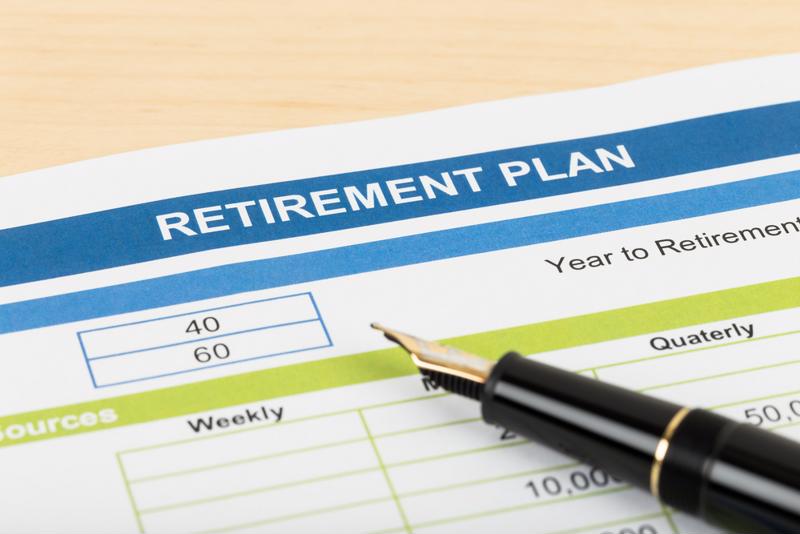[Originally published July 2016; last updated November 2020]
More women are leading quite the circus act, juggling the responsibilities of married and family life with those in the 9-to-5 working world. According to a 2020 report, however, women risk dropping the retirement ball if they don’t take more precautions to shore up their nest eggs.
Several studies and polls over the years have shown women don’t have the financial resources to retire and still maintain their standard of living. One from the National Institute on Retirement Security attributes this to the gender wage gap. Indeed, 80% of women who are in their elder years receive 80% of the retirement income that men at their equivalent age receive.
Women contributing less to 401(k)s
In some regards, women are holding their own as it pertains to saving for retirement life. But in others, they’re unable to contribute as much to their retirement savings as they would otherwise because their household income doesn’t allow for it. The NIRS study found for women 65 and older, the median amount was $47,244. That contrasts sharply with the $57,144 senior men, on average, earn.
Complicating matters further is what women make in salary compared to men. Because of this wage gap – most estimates indicate women make roughly 72 cents for every dollar men earn – this separates what women have for retirement.
Tyler Bond, the report’s co-author and NIRS research manager, noted that the economic fallout of COVID-19 may be exacerbating women’s economic pain and their ability to retire at all, never mind comfortably.
“Even before the COVID-19 financial crisis, the nation was facing a retirement saving crisis, with women already at a significant disadvantage,” Bond warned. “As we are on the brink of an economic depression, there is an urgent need to fix the broken retirement infrastructure, especially for women. Going forward, policymakers would be prudent to implement meaningful reforms.”
These latest findings support previous discoveries regarding women’s retirement readiness — or lack thereof. Late last year, LIMRA-SRI found 35% of women in a poll conducted by the Insured had anxiety about not having enough to retire comfortably due to high health care costs, PlanSponsor reported.
 The lengths women have to go to retire comfortably are often considerable.
The lengths women have to go to retire comfortably are often considerable.“Women may need to save more for retirement than men.”
Women should be saving more
Financial experts largely agree that there’s no hard-and-fast rule for how much Americans need to save in order to live comfortably in retirement. To meet their needs. Due to the wage gap, it stands to reason that women should ideally stow away more of their annual salary by the time they hang it up for good. Unfortunately, nearly 20% of working women have not saved anything for retirement, according to a SurveyMonkey/CNBC Women at Work Survey conducted in February.
The average age workers plan on retiring from their line of work is 66, according to the most recent survey performed by Gallup. While more Americans are remaining in the workforce longer, due in part to improve health conditions, the expected retirement age has remaining largely the same since 2006.
As a financial advisor and life insurance agent, you have the power to provide your clients – both male and female – with the tools they need to get their retirement savings in the black. For more information on Leveraged Planning® Solutions and the effectiveness of this insurance-backed lending strategy, speak with a GFD Services advisor.


